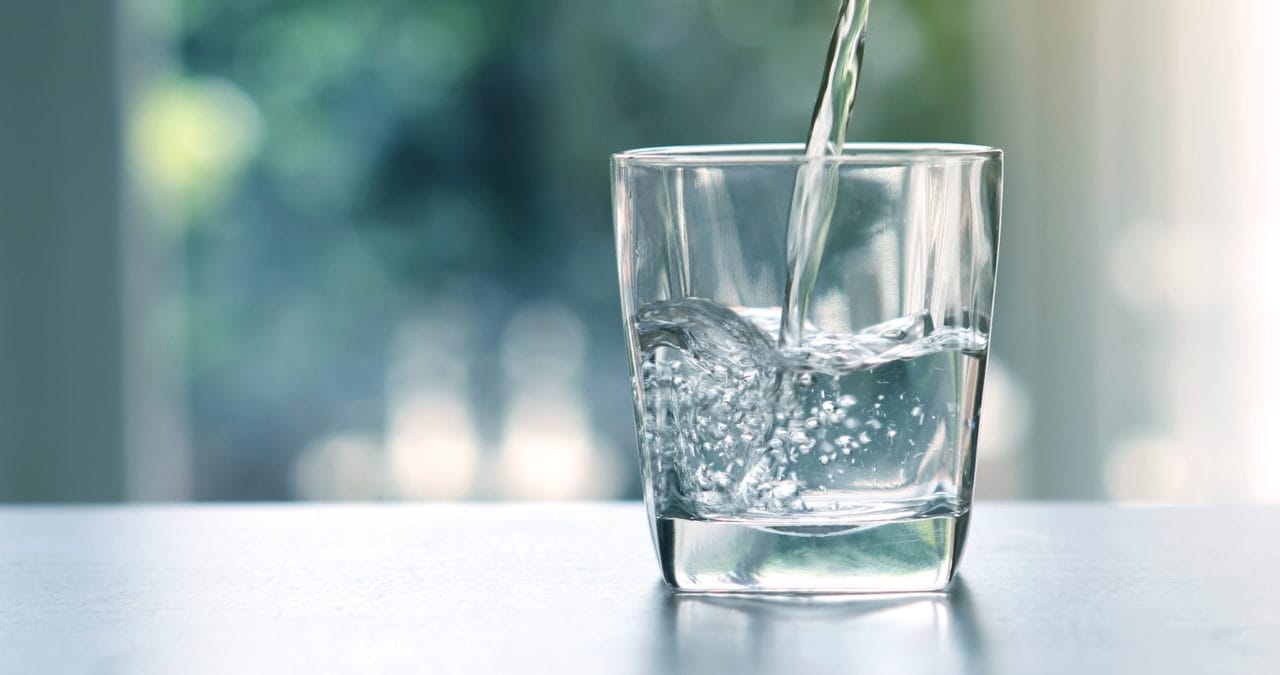Hard Water
Find out about water hardness in your area, what causes hard water and how to treat it below.
| Area | Calcium carbonate (CaCO3) / mg/l | Calcium /mg/l | French | German | English or Clarke degrees | mmols / litre | Classification |
| West Raynham, Norfolk | 301.705 | 120.68 | 30.171 | 17.137 | 20.999 | 3.017 | Very Hard |
| Rosewood Park, Barnhorn Road, Bexhill, Kent | 85.17 | 34.07 | 8.52 | 4.77 | 5.96 | 0.852 | Moderately Hard |
| Riverside, Rochester, Kent | 227 | 90.80 | 22.7 | 12.8 | 15.89 | 2.72 | Hard |
| Conningbrook Lakes, Ashford, Kent | 273.93 | 109.57 | 27.39 | 15.34 | 19.18 | 2.74 | Hard |
| Kingsfleet, Thetford, Norfolk | 254.5 | 101.80 | 25.45 | 14.3 | 17.8 | 2.54 | Hard |
| Broadland Gate, Norwich, Norfolk | 353.5 | 141.40 | 35.35 | 20.08 | 24.6 | 3.535 | Very Hard |
| Forstal Lane, Coxheath, Kent | 271.13 | 271.13 | 27.11 | 15.18 | 18.98 | 2.71 | Hard |
| Staplehurst, Kent | 114.19 | 45.68 | 11.42 | 6.39 | 7.99 | 1.14 | Moderately Hard |
| Ospringe, Faversham, Kent | 229.13 | 91.65 | 29.19 | 16.75 | 20.94 | 2.99 | Hard |
| Comeytrowe | 87.34 | 34.94 | 8.73 | 4.89 | 6.11 | 0.87 | Moderately Soft |
| Littlehampton, West Sussex | 272 | 108.80 | 27.2 | 15.3 | 19 | 2.72 | Hard |
| Westridge, Isle of Wight | 193 | 77.20 | 19.3 | 10.8 | 13.5 | 1.93 | Hard |
| Innsworth, Gloucester | 203 | 81.20 | 20.3 | 11.4 | 14.2 | 2.03 | Hard |
| Twigworth, Gloucester | 203 | 81.20 | 20.3 | 11.4 | 14.2 | 2.03 | Hard |
| Angmering, West Sussex | 289 | 115.60 | 28.9 | 16.2 | 20.2 | 2.89 | Hard |
What to look for:
What is hard water?
Scale forming in your kettle, iron and internal plumbing
- White marks on stainless steel sinks, taps and basins can sometimes be stained green/blue from copper plumbing
- Scum on the surface of hot drinks
- White, grey or greenish particles or flakes visible in your water
Why is this happening?
Water hardness depends on where your water is naturally sourced from, if your water source is coming through the ground you may have hard water. This is because the ground may have high chalk level (Calcium Carbonate) and as the water passes through the rocks it dissolves into the water stream making the water hard.
Hard water is nothing to worry about and evidence suggests that it has many health benefits. Calcium is essential for healthy growth and is found in many foods.
To see whether the water in your area is hard please refer to our website under water quality and hardness.
Why don’t we artificially soften water?
Softening water on a large scale can be very expensive and can also lead to water that is corrosive to metal pipes. If you would prefer your water to be softened there are variety of devices available to you. However, some devices can lead to high sodium content which you should not use for cooking or drinking purposes, so the device should be fitted after the drinking water supply point .
How can I prevent limescale?
Limescale is a common issue with hard water but there are many products out there that you can use to prevent the build-up of lime scale such as; wire scale collector in kettles and limescale removing products – to keep taps free from limescale build up.
The salt levels in some dishwashers can be adjusted to suit the hardness of the area. Check the manufacturers’ guidelines for which units to use.
Self Help
It’s important to remember that limescale is not dangerous. Limescale can build up in your kettle, if you don’t take preventive measures. It can also react with the natural tannins in tea and coffee causing a brown scum – which isn’t pleasant at all.
What you can do to reduce/prevent this
- Use a teapot to make your tea instead of a mug
- Try putting milk in first and try to use semi skimmed instead of whole milk
- Use tea leaves instead of a tea bag
How we measure water hardness
| Description | Calcium Carbonate / mg/l | Calcium / mg/l | French Degrees | German Degrees | English or Clarke Degrees | mmols |
|---|---|---|---|---|---|---|
| Soft | Up to 50 | Up to 20 | Up to 5.0 | Up to 2.8 | Up to 3.5 | Up to 0.50 |
| Moderately Soft | 51 to 100 | 21 to 40 | 5.1 to 10.0 | 2.9 to 5.6 | 3.6 to 7.0 | 0.51 to 1.00 |
| Slightly Hard | 101 to 150 | 41 to 60 | 10.1 to 15.0 | 5.7 to 8.4 | 7.1 to 10.5 | 1.01 to 1.50 |
| Moderately Hard | 151 to 200 | 61 to 80 | 15.1 to 20.0 | 8.5 to 11.2 | 10.6 to 14.0 | 1.51 to 2.00 |
| Hard | 201 to 300 | 81 to 120 | 20.1 to 30.0 | 11.3 to 16.8 | 14.1 to 21.0 | 2.01 to 3.00 |
| Very Hard | Above 300 | Above 120 | Above 30.0 | Above 16.8 | Above 21.0 | Above 3.00 |


